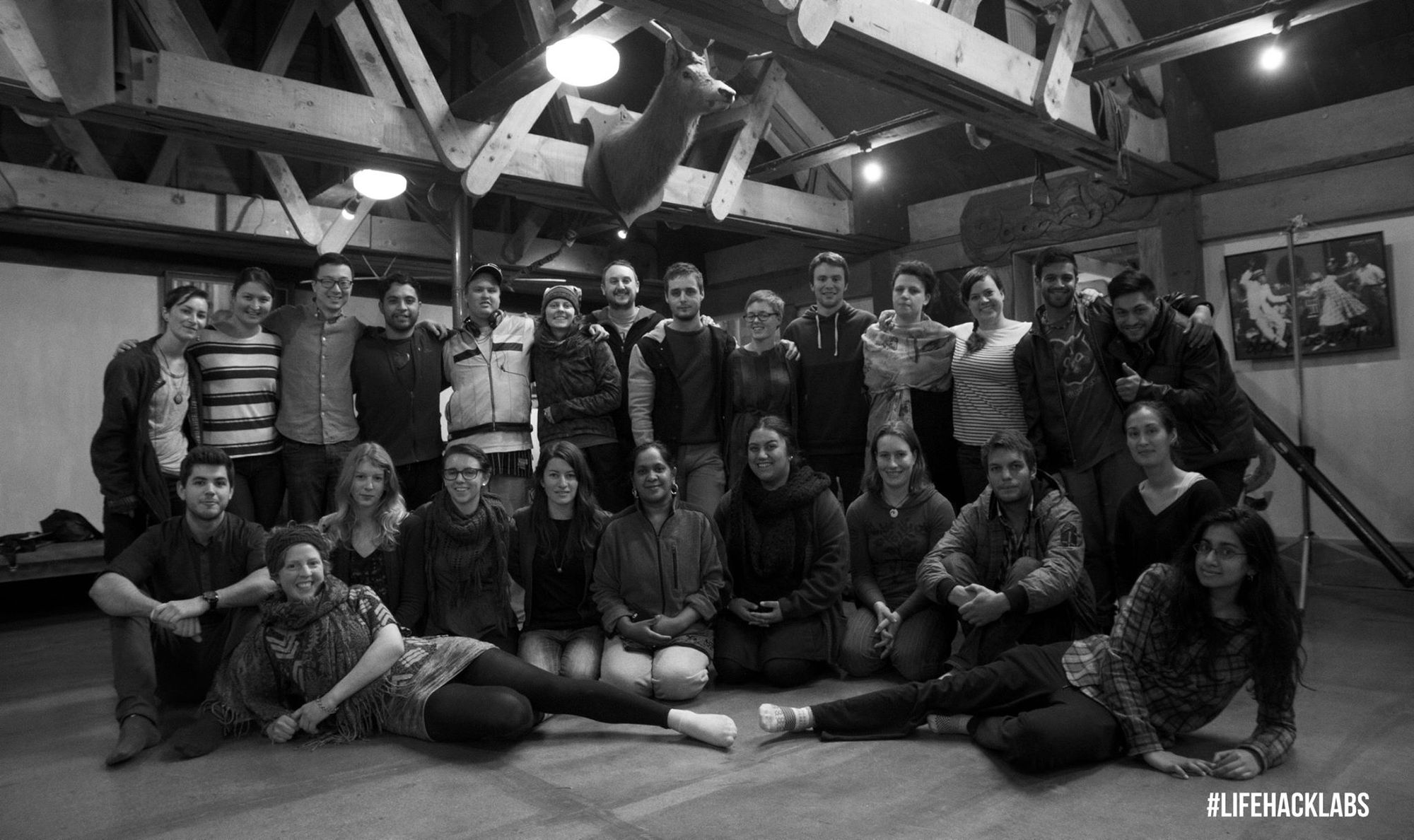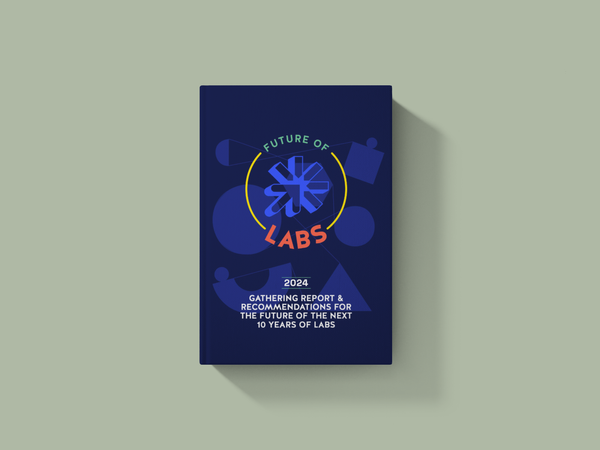The 'so what' of complexity - Part III
This post aims to capture some insights and resources which inform how we might approach change work differently than more linear 'cause and effect' planning-based efforts which have dominated the landscape of change work in the last 50 years or so.

In August I set out to draw out the themes from insights garnered from over a decade of focus on developing strategies and experiments to influence change towards regenerative environmental and social futures, in the context of complex challenges.
You can read Part I : The 'so what' of complexity which focused on the character of things we'd do differently if we embrace complexity, rather than trying to control or fight against it.
Part II pulled apart the broad principles of how I approach complex challenges.
This third and final part of the series (for now), aims to address some specific practices that I use when approaching the design of initiatives which seek to influence change.

Investing in the relational field
With the rise in systems and complexity practice, there's been a boom in programs, communities of practice, and examples of this practice being applied in service of making the world a better place.
My experience with Lifehack (a social lab focused on youth wellbeing) based in Aotearoa NZ taught me many lessons, perhaps the most long lasting of which is the vital importance of investing in relationships.
We're likely all familiar with the experience of being dropped into a new organisation, project team, conference event, or the likes, where the extent of relationship building is a 'quick introductions of your name, where you're from, and why you came today'. Perhaps even an ice breaker. There's a lot of people that seem to think relationship building should happen over coffee in the breaks, or across many months of a project 'in the gaps between the work'.
What I'm arguing is that relationship building is the work.
Change work moves best at the speed of trust.
In contrast, can you call to memory a time when you've had the time and space to truly felt heard? Welcomed? Seen for your past and your experience? Honored for the culture you hail from? And had the same time and space to greet others in the same way? And then, given that degree of relational foundation, been able to work together? How did that relationship affect your work together?
Our work at Lifehack showed me that the quality and effectiveness of people's collaborative work was directly and vastly impacted by their levels of trust and comfort with one another.
How does it happen? Well it can happen in many ways, but we found that a mixture of small group circles, whole group visualisations, and space to be seen by the group for the story you need to share to arrive fully. This can't be left to chance - we need to intentionally design, structure and make time and space for this relational field to develop.
Likewise this relational work can't be a one off moment at the beginning, it needs to be woven throughout a change initiative, to allow people to work wholly, and to evolve individually and collectively as the work changes us and we change the system.
Resources:
Here's a few resources to browse to go deeper or support your practice:
- My original Relational Field article
- Huddlecraft - pollinating peer groups
- Lifehack whanaungatanga resources
- Manual of We & the Manual of Me
- Art of Hosting core practices

Weave visions and narratives of the future, together
As change work is underway, and people venture deeper into reality of complexity worldviews, sometimes this can be discombobulating, overwhelming and confusing.
Why? Well many of us have been told much of our life that things are stable, predictable, and able to be studied and tackled in isolation. I remember speaking to a friend about 'the butterfly effect' and the seeming mindblowing idea that things were so interconnected that the flap of wing on one side of the world might influence outcomes elsewhere.
To support people to stay grounded and orientated toward where they want to head collectively, it helps to have a common understanding of the destination and what the path may hold. Rooting change work in compelling visions of the future, and developing narratives which weave together the goals and help to make sense of data from observation and evaluation over time.
These visions and narratives could take the forms of pictures, videos, words, actions, sculptures, games and more. They may serve as 'boundary objects' to help scaffold discussions about what that vision of the future may hold. Giving a vision form which can be interacted with, can help people to consider it from different angles and pemutations, introduce it to other people, and gain collaborative feedback and consensus.
On the counter, if the visions are too generic, described or presented too opaquely, too blurry or held too tightly by a small number of people, they're likely to be unhelpful to the cause.
Resources:
How do we do this? Here's some ideas:
- How To Future - the book and resource list
- The Long Time Project
- Exploring ideas with organic materials - workshop process
- Measuring Narrative Change - ORS Impact
- Narratives of the Future Workshop - Narrative Initiative

Scale impact in different ways
There is a preoccupation with scale in the world - be it the techbros of Silicon Valley, the politicians chasing endless growth, or the changemakers facing the looming complex challenges which seem to be growing faster than they can, well, make change happen.
However, our understanding of scale has been corrupted.
Too often, there's the expectation that if something is working, it should be expanded in its current form, looking for efficiencies.
But there are many different ways to scale up impact (i.e. increasing impact at a greater rate than the inputs) which we might want to pay attention to given complexity means that we cannot guarantee the outcomes produced by a single initiative in different contexts. In short - silver bullet solutions are very rare for complex challenges.
So what are some other ways of 'scaling up impact'?
Consider the acupuncture points. Systems thinking tells us there are 'points' in a complex system (often a node such as a trigger point, place or service which is highly interconnected with other elements of the system, or a cycle of causal effects) which may serve as opportunities to best influence the outcomes. Joined with Meadows' writing about 'leverage points', we know that it's not always about increasing the size of an initiative - sometimes it's about changing the form, or adding complementary activities which work in a coordinated way to produce greater outcomes.
Replication with localisation is a common form of scaling which involves taking the core of an idea, making it relevant to a new place, but benefitting from a shared based of operating knowledge, resources or the likes. However, rather than a single organisation doing this (e.g. opening offices in every state), an alternative model to this might be to open source the knowledge about how the initiative works. In this way other people, communities or organisations already present in another location can pick it up and use their existing local knowledge and resources to replicate the impact.
Deep Demonstrations. Perhaps this idea goes against the grain of 'scaling up' in the traditional sense - they sometimes focus on doing less and instead investing in deeper sharing learning and insights with other practitioners, funders and the likes. They may seek to inspire action in other quarters, but they recognise that action and the success of those other actions is premised on a deeper transmission of knowledge, capability, relationships and access, than some previous models.
Resources:
Here's a few articles and resources on scale:
- InWithForward on problematising scale in social innovation - Part I, Part II, Part III
- On Scaling Impact - some inspiration from nature
- Trees AI - an example of open sourcing a model for change from Dark Matter Labs
- Circular, Regenerative Economies in Slovenia - Climate KIC Deep Demonstration
Conclusion
This post aims to capture some insights and resources which inform how we might approach change work differently than more linear 'cause and effect' planning-based efforts which have dominated the landscape of change work in the last 50 years or so.
Through investing in relational work, weaving compelling visions of preferable futures, and thinking differently about scaling impact from day 1 - we may start to change the foundations of how change happens, and the effectiveness of our work over time.
If you're keen to read the first two parts of this series, you can head there now; Part I & Part II.





